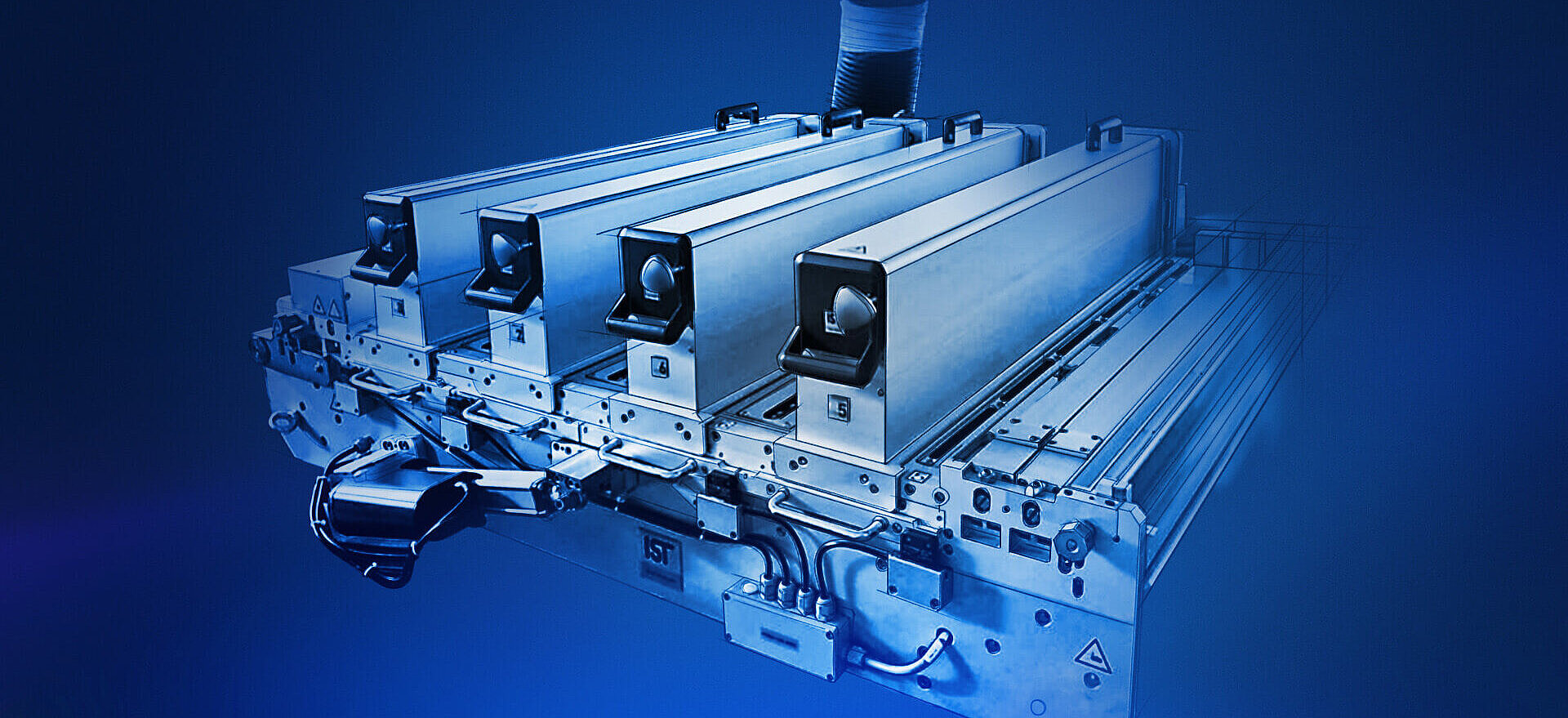
Siliconisation
Oxygen-reduced UV curing
UV-units operating in oxygen-reduced conditions are leading the way for UV curing of the future. In these systems, the atmospheric oxygen in the reaction chamber is replaced by nitrogen. The benefits of oxygen reduction are considerable ozone and odour reduction and reduced yellowing. Also, the curing of UV inks, varnishes and coatings is much faster.